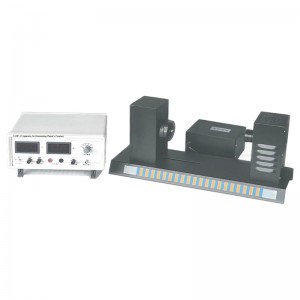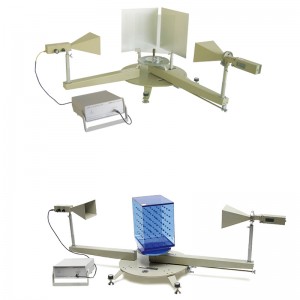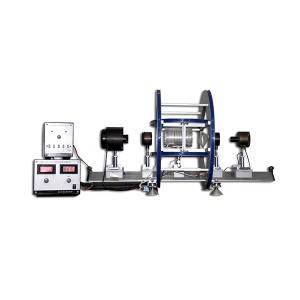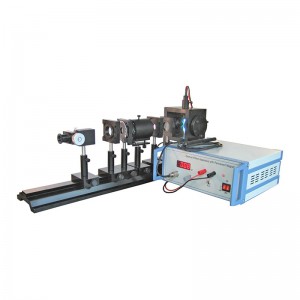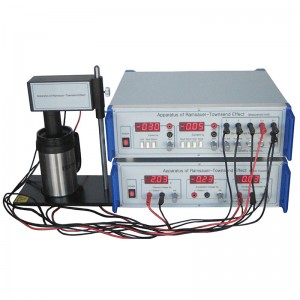LADP-3 Microwave Electron Spin Resonance Apparatus
Experiments
1. Study and acknowledge electron spin resonance phenomenon.
2. Measure lande’s g-factor of dpph sample.
3. Learn how to use microwave devices in epr system.
4. Understand standing wave by changing resonant cavity length and determine waveguide wavelength.
5. Measure standing wave field distribution in resonant cavity and determine waveguide wavelength.
Specifications
| Microwave system | |
| Short-circuit piston | Adjustment range: 30 mm |
| Sample | Dpph powder in tube (dimensions: Φ2×6 mm) |
| Microwave frequency meter | Measurement range: 8.6 ghz ~ 9.6 ghz |
| Waveguide dimensions | Inner: 22.86 mm × 10.16 mm (eia: Wr90 or iec: R100) |
| Electromagnet | |
| Input voltage and accuracy | Max: ≥ 20 v, 1% ± 1 digit |
| Input current range and accuracy | 0 ~ 2.5 a, 1% ± 1 digit |
| Stability | ≤ 1×10-3+5 ma |
| Strength of magnetic field | 0 ~ 450 mt |
| Sweep field | |
| Output voltage | ≥ 6 v |
| Output current range | 0.2 ~ 0.7 a |
| Phase adjustment range | ≥ 180° |
| Scan output | Bnc connector, saw-tooth wave output 1~10 v |
| Solid state microwave signal source | |
| Frequency | 8.6 ~ 9.6 ghz |
| Frequency drift | ≤ ± 5×10-4/15 min |
| Working voltage | ~ 12 vdc |
| Output power | > 20 mw under equal amplitude mode |
|
Operation mode & parameters |
Equal amplitude |
| Internal square-wave modulationRepetition frequency: 1000 hz
Accuracy: ± 15% Skewness: < ± 20% |
|
| Waveguide dimensions | Inner: 22.86 mm × 10.16 mm (eia: Wr90 or iec: R100) |
Voltage standing wave ratio < 1.2
Write your message here and send it to us





